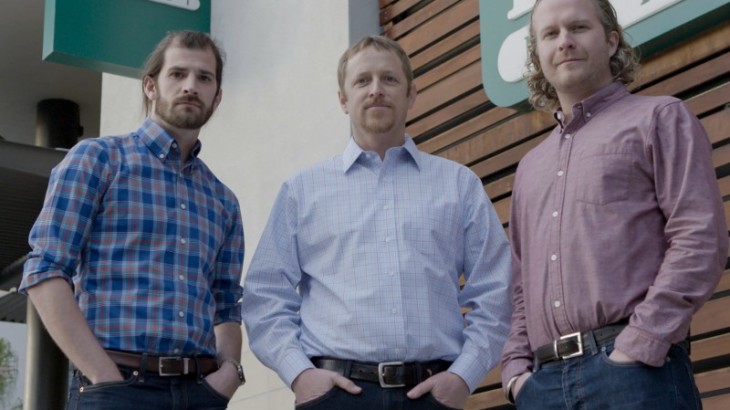Welcome to part two of our Better Buildings Challenge takeaways. In the first article, we broke down what energy efficiency improvements the Hilton Worldwide energy management team found in the Whole Foods market. In this article, we will take a look at what the Whole Foods team finds in the Hilton San Francisco, the largest Hilton hotel on the West Coast, and their energy efficiency recommendations. Major energy efficiency topics will include hotel room and hallway lighting, conference room plug loads, and kitchen range hoods.
Hilton Worldwide
There is no comparison between the size of a supermarket and a 46-story, 4-star hotel. Despite the challenge, Aaron Daly, Global Energy Coordinator for Whole Foods, made this poignant remark: “It’s a little intimidating . . . but at the end of the day, the technology for energy use and energy efficiency’s very similar.”
Hotel Rooms
The Whole Foods team first inspects a standard hotel guest room. They note that it is critical to have occupancy sensors turn off lights automatically when a room is unoccupied.
Hotel guests are away from their rooms more than 50% of the time, and, unfortunately, many guests have a habit of leaving lights on while away. The beauty about occupancy sensors is they can be tied to controls to turn off lights automatically, after a user-set specified period of time. On top of occupancy sensors, the Whole Foods team recommended daylighting sensors. Daylighting sensors can detect the amount of natural light that occupies a space and dims/turns off lights that may not contribute to overall light levels. As we reported in the previous article, daylighting sensors can save commercial buildings between 10 to 20 percent.
Brian Mork, Director of Property Operations of Hilton, notes the luxurious 4-star hotel can house 1,919 guests. Energy is normally a hotel’s second highest expense. Energy Star reports, “On average, America’s 47,000 hotels spend $2,196 per available room each year on energy.” Simple math tells us that the San Francisco hotel alone could be spending upwards of $4.2 million dollars on energy costs, just from its guest rooms.

Hotel Hallway Lighting
A big energy consumer the Whole Foods team spots are the thousands of CFLs that illuminate the hotel hallways. For a hotel of that size, a lighting conversion from CFLs to LEDs could translate into enormous savings. Even a reduction of 1-2% in energy costs could mean hundreds of thousands of dollars in energy savings annually.

Conference Room Plug Loads
When examining the 140,000 conference room space, Tristam Coffin, Sustainable Facilities Coordinator for Whole Foods, noticed energy was being lost through plug loads. Plug load is energy consumed by equipment through a normal AC power plug or wall socket. All of the conference room monitors, projectors, and other equipment were still plugged in, expending energy through standby power. An easy solution is to hook up all equipment to smart power strips, which can turn off an array of equipment with the flip of a switch. This allows all of the equipment to remain plugged in while not consuming any energy.
Few data exists on the amount of energy lost through plug loads; although, estimates calculate residential energy loss at 5-10% in developed countries. Since hotels mimic much of a residential space, it’s a safe bet that Hilton could be losing up to 5% in standby power annually.

Kitchen
When Tristam enters the kitchen, he notices that the range hood is on in an area where all of the cooking vats are not operating. A range hood’s purpose is to suck up all the hot air and steam and ventilate it out through the roof top unit. Normally, range hoods are placed strategically throughout a kitchen to maximize ventilation. In the Hilton hotel, however, the system was not operating as efficiently as possible. While kitchen staff was preparing food in different parts of the massive kitchen, the fans in the corner where Tristam was standing could have been turned down with a demand-controlled ventilation system (DCV). A DCV will slow down or speed up fans within that zone, based on the amount of heat and steam produced within the sensory area.
This is a huge part of energy efficiency that is often overlooked in many commercial buildings. If you’ll recall, the Whole Foods team had the same issue in their kitchen. Both the Whole Foods and Hilton buildings could have benefited from a DCV system, which can reduce costs by up to 50%.

If you missed our first Better Buildings Challenge takeaways article, be sure to check it out here. To see the all three videos, including the conclusion, please visit the Better Buildings Challenge website.
The featured image was sourced from the Better Buildings Challenge website’s photo gallery.
All pictures were sourced from the video.




